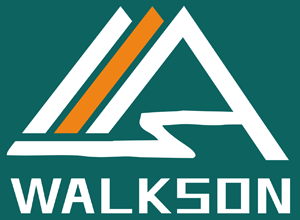In the world of mineral processing and ore grinding, the durability and efficiency of grinding mill liners are critical factors. These unassuming components play a pivotal role in ensuring the continuous operation of grinding mills, which are essential in various industries. In this blog, we'll explore the importance of grinding mill liners, their functions, and how they contribute to protecting your investment while maximizing efficiency.
The Backbone of Grinding Mills
Understanding Grinding Mill Liners
Grinding mill liners are protective covers that line the inner surface of grinding mills, such as ball mills, rod mills, and SAG (Semi-Autogenous Grinding) mills. They come in various materials, including rubber, steel, and composite alloys, each designed for specific applications.
The Role of Grinding Mill Liners
Grinding mill liners serve multiple functions:
Protective Barrier: They shield the mill's shell from the abrasive and corrosive nature of the ore or grinding media, preventing wear and damage.
Optimized Grinding: Liners are designed with specific profiles and shapes to enhance grinding efficiency and reduce energy consumption.
Efficient Discharge: They facilitate the discharge of ground material from the mill while preventing it from backflowing, ensuring a continuous and efficient grinding process.
Choosing the Right Liners
Material Selection
Selecting the right material for grinding mill liners is crucial. It depends on factors like the type of ore being processed, mill size, and operating conditions. Common materials include rubber, steel, and composite alloys, each offering unique advantages.
Rubber Liners: Ideal for abrasive ores and wet grinding, rubber liners absorb impact and reduce noise, making them a popular choice for ball mills.
Steel Liners: Steel liners are known for their durability and resistance to impact and abrasion, making them suitable for grinding mills in harsh conditions.
Composite Liners: These liners combine the advantages of rubber and steel, offering excellent wear resistance and impact protection.
Maintenance and Replacement
Routine Maintenance
Proper maintenance of grinding mill liners is essential to maximize their lifespan and efficiency. Regular inspections, monitoring wear patterns, and timely replacements are key.
Monitoring Wear: Keep an eye on liner wear patterns to identify areas that need attention. Uneven wear can indicate problems with liner design or mill operation.
Timely Replacement
Grinding mill liners may not be the most glamorous components of a processing plant, but they are undoubtedly among the most critical. They protect your investment, ensure efficient grinding, and contribute to the overall productivity of your operation. By understanding their importance, choosing the right materials, and implementing proper maintenance practices, you can extend the lifespan of your grinding mill liners and optimize the performance of your grinding mills, ultimately maximizing your efficiency and profitability.
 English
English  Deutsch
Deutsch  français
français  русский
русский  فارسی
فارسی  العربية
العربية  Español
Español  日本語
日本語  한국어
한국어  italiano
italiano  português
português  dansk
dansk  Suomi
Suomi 




